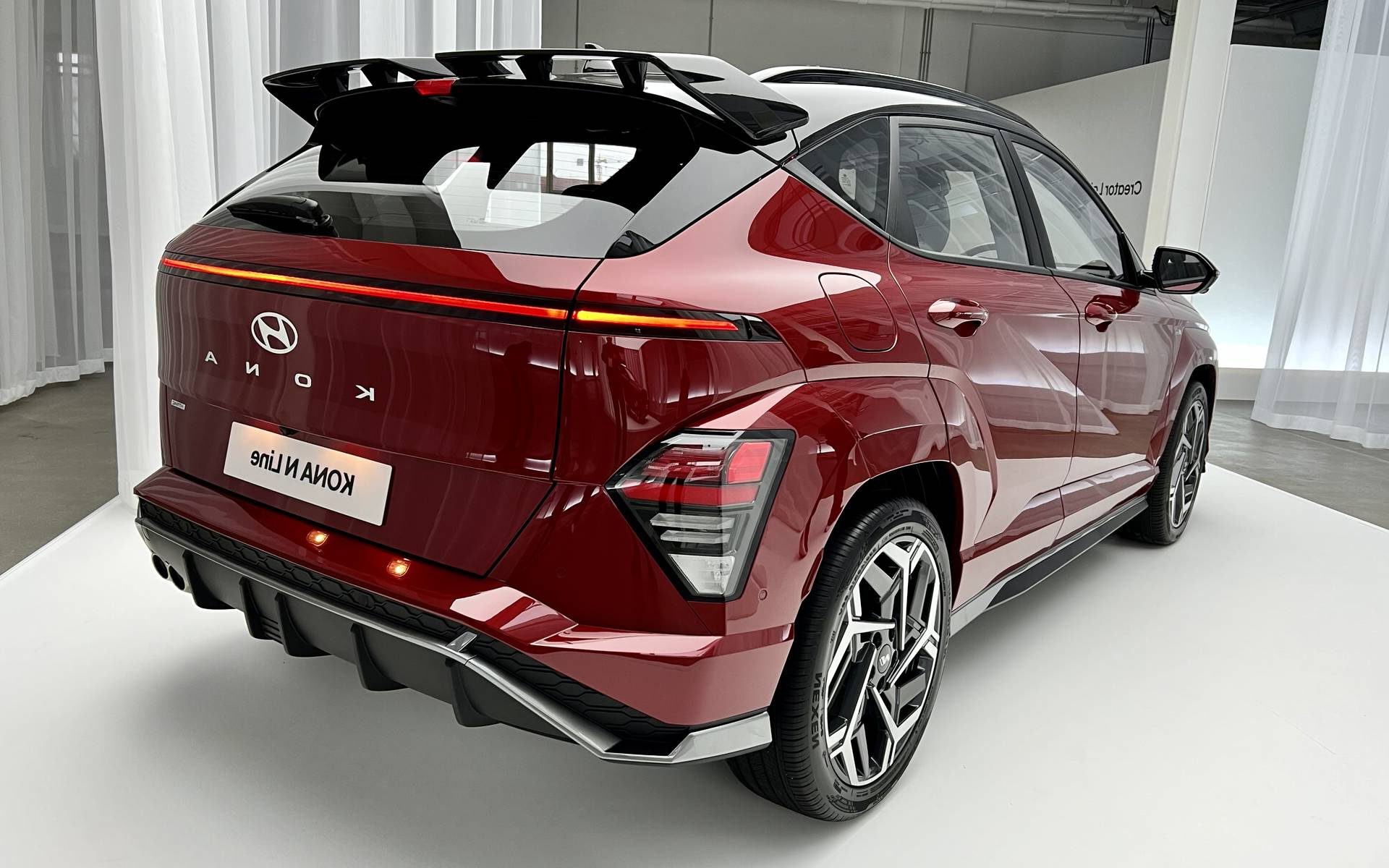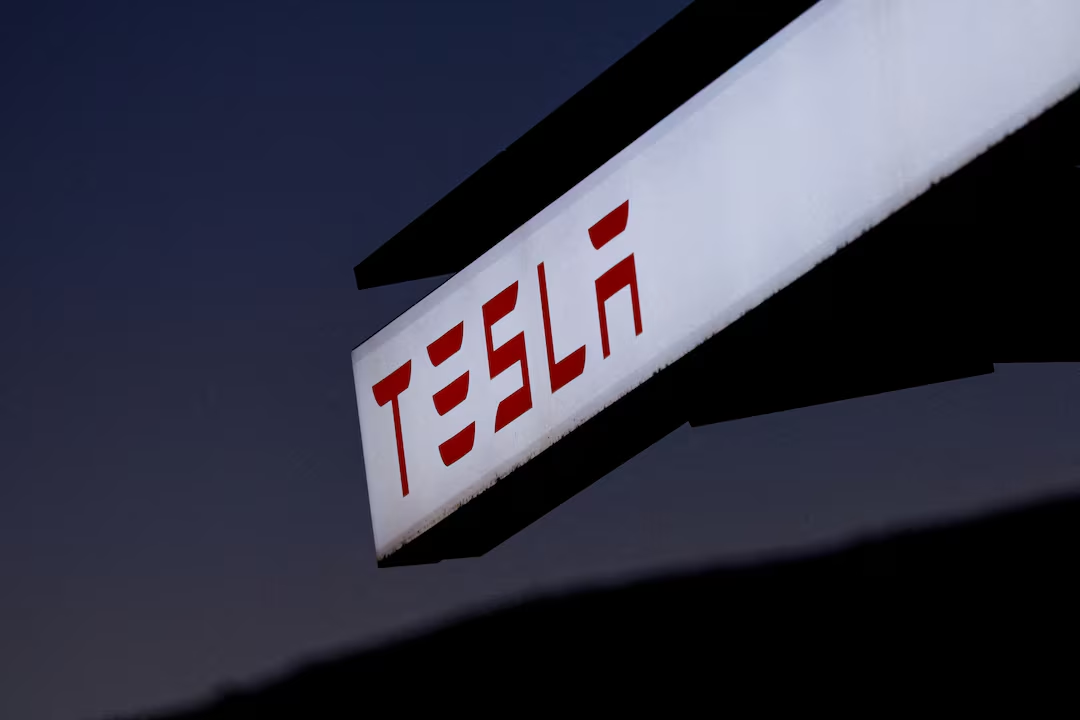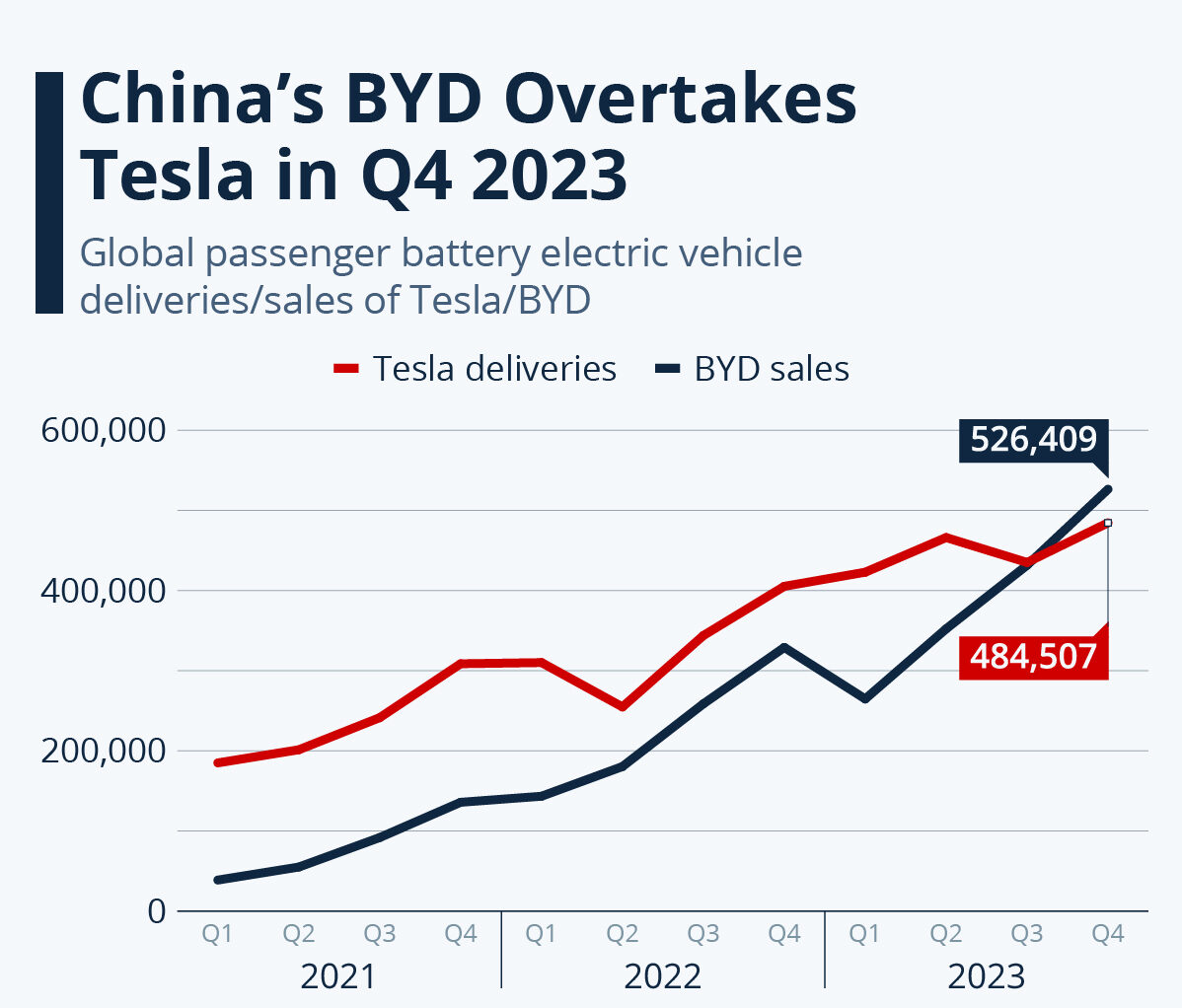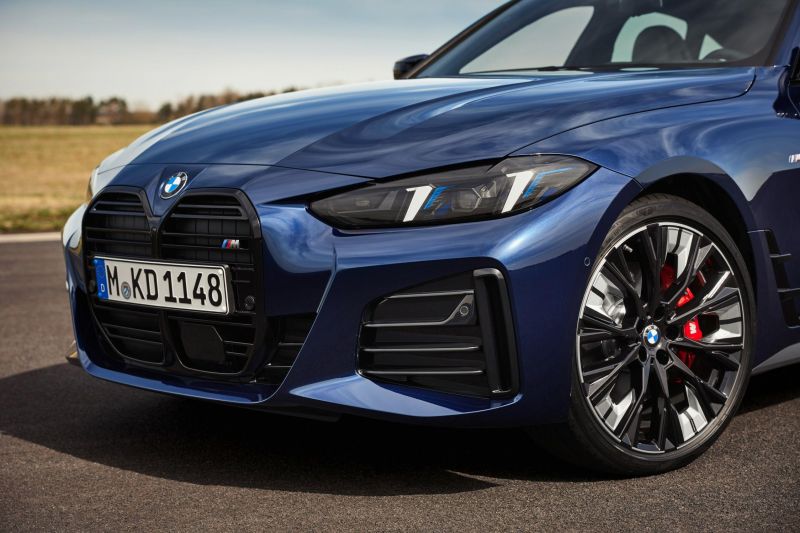#AmericanCars #CarBrands #MuscleCars #ElectricVehicles #Tesla #Ford #Chevrolet #Dodge #Jeep #Cadillac #Lincoln #Rivian #USAutoIndustry
The 10 Best American Car Brands: History, Iconic Models and Electric Future
American automotive excellence represents more than a century of innovation, engineering prowess, and cultural influence that has shaped not only transportation but global automotive standards. From the revolutionary assembly line innovations that democratized car ownership to the cutting-edge electric vehicle technologies redefining sustainable mobility, American car manufacturers have consistently pushed boundaries and challenged conventions. Today’s automotive landscape showcases this rich heritage while embracing a transformative future where traditional powerhouses adapt alongside revolutionary newcomers to create the next chapter in American automotive leadership.
The journey from Henry Ford’s Model T to Tesla’s autonomous driving capabilities illustrates the remarkable evolution of American automotive ingenuity, demonstrating how foundational innovations continue inspiring contemporary breakthroughs. These ten exceptional brands represent the diversity, ambition, and technical excellence that define American automotive culture, each contributing unique strengths that collectively establish the United States as a global automotive powerhouse.
Introduction: American Automotive Heritage
From Bold Innovations to Electric Revolution (Model T, V8, Tesla)
The American automotive story begins with revolutionary concepts that transformed personal transportation from luxury privilege to universal accessibility. Henry Ford’s Model T, introduced in 1908, established mass production principles that made car ownership achievable for ordinary families, fundamentally altering social structures and economic patterns across America and beyond.
The development of the V8 engine represents another pivotal American innovation that defined performance standards for decades, providing the power and character that became synonymous with American automotive identity. This engineering achievement established American manufacturers as leaders in performance technology while creating the foundation for the muscle car era that captured global imagination.
Unleash the power and style of the all-electric 2025 Ford Mustang Mach-E®. With a 320-mile extended-range battery and four distinct models, it’s equipped for any journey, demonstrates how traditional American manufacturers are successfully transitioning their iconic brands into the electric era while maintaining their distinctive character and appeal.
Tesla’s emergence as a transformative force represents the latest chapter in American automotive innovation, proving that electric vehicles can deliver superior performance, advanced technology, and environmental responsibility without compromising the excitement and capability that define great American cars.
Presentation of 10 Essential Manufacturers
We’ve featured top American car brands (both big & small ones) that capture the diversity and innovation present in the automotive market, reflecting the comprehensive scope of American automotive excellence that spans from mass-market accessibility to luxury refinement and cutting-edge technology.
These ten manufacturers represent different aspects of American automotive culture, from Ford’s democratization of transportation to Tesla’s revolution in electric mobility, each contributing unique innovations and perspectives that collectively define American automotive leadership. Their stories interweave themes of engineering excellence, design innovation, performance leadership, and technological advancement.
The selection encompasses both established manufacturers with century-long legacies and emerging companies that are redefining automotive possibilities, illustrating how American automotive culture continuously evolves while maintaining its core values of innovation, performance, and accessibility.
Historical Pillars and Performance Leaders
Ford: The Iconic American Brand
Ford Motor Company’s revolutionary history began with Henry Ford’s vision of making automobiles accessible to every American family, fundamentally transforming both manufacturing processes and social structures through the introduction of the assembly line production method. This innovation reduced manufacturing costs while improving quality and consistency, establishing principles that influenced industries far beyond automotive manufacturing.
F-150® Lightning® Lariat® boasts a 0–60 time nearly as quick as the 2025 Mustang® Dark Horse™. The sports car does have it beat — by just 1/10 of a second, demonstrating Ford’s commitment to maintaining performance leadership even as they transition to electric powertrains that deliver instant torque and impressive acceleration.
Ford’s flagship models define American automotive excellence across multiple segments. The Mustang remains the world’s best-selling sports car, combining accessible performance with iconic styling that has evolved continuously since 1964. The F-Series pickup trucks have dominated American truck sales for decades, establishing benchmarks for capability, durability, and innovation that competitors strive to match.
For the 2025 model year, its EV lineup consists of the high-performance Mustang Mach-E SUV and the remarkably capable F-150 Lightning pickup truck. Both of these models boast an array of cutting-edge Ford EV technology innovations that make them stand out in their respective segments, showcasing Ford’s successful adaptation of their most important brands to electric powertrains while maintaining their distinctive character and capabilities.
Chevrolet: The Emblem of American Performance
Chevrolet’s foundation and subsequent integration into General Motors created one of America’s most successful automotive partnerships, combining innovative engineering with mass-market accessibility that made performance and style available to millions of American families. The brand’s “bow tie” emblem became synonymous with American automotive values and aspirations.
The Corvette stands as America’s premier sports car, evolving continuously since 1953 while maintaining its position as a world-class performance vehicle that competes successfully against exotic European competitors at a fraction of their cost. The latest generation includes hybrid variants like the E-Ray that combine traditional V8 power with electric assistance for unprecedented performance capability.
Chevrolet’s truck and SUV lineup, including the Silverado and Tahoe, represents American full-size vehicle engineering at its finest, providing the capability and space that American families demand while incorporating advanced technology and efficiency improvements. These vehicles maintain Chevrolet’s reputation for durability and value while adapting to contemporary requirements.
The Chevrolet Bolt EV demonstrates the brand’s commitment to electric vehicle accessibility, providing long-range electric transportation at prices that make EV ownership achievable for mainstream buyers, continuing Chevrolet’s historical mission of democratizing advanced automotive technology.
Dodge: Raw Power and Muscle Cars
Dodge’s DNA centers on muscle car excellence, with the Challenger and Charger representing the pinnacle of American performance philosophy that prioritizes power, acceleration, and dramatic styling over European refinement or efficiency considerations. These vehicles maintain the pure American muscle car tradition in an era when many manufacturers have abandoned this philosophy.
The SRT Hellcat, Redeye, and Super Stock variants push performance boundaries to extraordinary levels, delivering power figures that would have been unimaginable just decades ago while maintaining the accessibility and character that define American muscle cars. These vehicles represent engineering achievements that demonstrate American manufacturers’ continued commitment to performance leadership.
Dodge’s distinctive design philosophy emphasizes bold, aggressive styling that immediately communicates performance capability and attitude, creating vehicles that make powerful visual statements while backing up their appearance with genuine performance capability that validates their dramatic aesthetics.
The Durango, including the AlcHEMI edition of the Durango SRT 392, extends Dodge’s performance philosophy to the SUV segment, providing families with vehicles that deliver muscle car performance in practical, versatile packages that meet contemporary lifestyle requirements without compromising the brand’s performance identity.
Jeep: The Spirit of Adventure on All Terrains (Stellantis)
Jeep’s military heritage, beginning with the Willys MB during World War II, established the foundation for off-road capability and rugged reliability that continues defining the brand’s identity and engineering priorities. This wartime origin created a legacy of proven capability under extreme conditions that resonates with consumers seeking genuine adventure capability.
The Wrangler maintains Jeep’s core identity as the most capable off-road vehicle available to civilian buyers, combining removable doors and roof with advanced four-wheel-drive systems and ground clearance that enable genuine off-road exploration. The Gladiator extends this capability to pickup truck utility, creating a unique combination of off-road prowess and practical functionality.
Jeep’s French market offerings, including the Avenger, Compass 4xe, and Wrangler 4xe hybrid variants, demonstrate the brand’s adaptation to European preferences for efficiency and environmental responsibility while maintaining the off-road capability that defines Jeep’s global appeal.
The Grand Cherokee and Renegade provide on-road refinement and efficiency while maintaining Jeep’s trail-rated capability, appealing to customers who want adventure capability without sacrificing daily driving comfort and convenience.
GMC: Specialist in Large Vehicles (General Motors)
GMC’s premium positioning within General Motors’ truck hierarchy targets customers seeking higher levels of luxury, technology, and capability than standard offerings provide, creating a distinct identity that justifies premium pricing through enhanced features and materials.
The Canyon, Sierra 1500, and Sierra HD pickup trucks offer professional-grade capability with luxury appointments that appeal to both commercial users and recreational buyers who demand maximum towing and hauling capability combined with comfort and technology features.
The Yukon and Terrain SUVs extend GMC’s premium positioning to family vehicles, providing the space and capability that American families require while incorporating luxury features and advanced technology that compete with traditional luxury brands.
GMC’s Denali luxury trim level and AT4 off-road capability variants demonstrate the brand’s strategy of offering specialized versions that cater to specific customer priorities, whether seeking maximum luxury or enhanced off-road performance capability.
Chrysler: American Automotive Innovation (Stellantis)
Chrysler’s pioneering innovations, including high-compression six-cylinder engines, hydraulic brakes, and key-start ignition systems, established the company as a technical leader that introduced features later adopted industry-wide, demonstrating American manufacturers’ historical role in automotive advancement.
The current Chrysler lineup focuses on minivan excellence with the Pacifica, Pacifica Plug-in Hybrid, and Voyager models that prioritize family functionality, fuel efficiency, and passenger comfort over the performance focus that characterizes other American manufacturers.
Chrysler’s plug-in hybrid technology in the Pacifica demonstrates the brand’s commitment to environmental responsibility while maintaining the space and functionality that families require, creating practical solutions that reduce fuel consumption without compromising utility.
Luxury and Innovation Brands
Cadillac: Elegance, Luxury and V8 (General Motors)
Cadillac’s foundation and “Standard of the World” motto established the brand as America’s premier luxury manufacturer, competing directly with European luxury brands while maintaining distinctive American character that emphasized comfort, technology, and performance over traditional European luxury conventions.
The Escalade represents American luxury at its most distinctive, combining imposing size and presence with advanced technology and premium materials that create a uniquely American luxury experience that differs significantly from European or Asian luxury philosophies.
Cadillac’s SUV lineup, including the XT5, XT4, and XT6, applies luxury principles to practical family vehicles while incorporating advanced technology and performance capabilities that justify premium positioning against established luxury competitors.
The brand’s electric vehicle strategy and European expansion demonstrate Cadillac’s commitment to global luxury leadership while maintaining the American luxury character that differentiates it from international competitors.
Lincoln: High-End Refinement (Ford Motor Company)
Lincoln’s luxury positioning emphasizes absolute comfort and personalized customer experience that prioritizes serenity and refinement over overt performance or technology display, creating a distinctly American approach to luxury that emphasizes comfort and peace of mind.
The Navigator, Aviator, Nautilus, and Corsair SUV lineup provides luxury customers with the space and capability they require while incorporating advanced comfort technologies and premium materials that create sanctuary-like interior environments designed to isolate occupants from external stress.
Lincoln’s Perfect Position seating and BlueCruise hands-free driving technologies demonstrate the brand’s focus on reducing driver fatigue and enhancing comfort through intelligent technology integration that serves occupant well-being rather than simply showcasing technical capability.
New Players and Electric Adventure
Tesla: The Leader of Electric Revolution
Tesla’s vision and industry impact extend far beyond vehicle manufacturing to encompass energy storage, solar power generation, and autonomous driving technology that collectively represent a comprehensive approach to sustainable transportation and energy independence.
The Model 3, Model Y, Model S Plaid, and Model X represent different aspects of Tesla’s technical leadership in electric vehicles, from affordable luxury sedans to high-performance supercars and practical family SUVs that demonstrate electric vehicles’ capability across all market segments.
Tesla’s exclusive technologies, including Autopilot autonomous driving assistance and over-the-air software updates, provide capabilities that traditional manufacturers struggle to match while creating ownership experiences that continuously improve throughout the vehicle’s lifespan.
Rivian: The Future of Electric Adventure
Rivian’s specialization in robust electric vehicles designed for adventure and outdoor activities represents a unique market positioning that combines environmental responsibility with the capability required for serious outdoor recreation and work applications.
The R1T pickup truck and R1S SUV models provide electric powertrains with genuine off-road capability, towing capacity, and utility that match or exceed traditional truck capabilities while delivering the instant torque and quiet operation that define excellent electric vehicles.
European market prospects with R2 and R3 models suggest Rivian’s potential for global expansion while adapting their adventure-focused philosophy to international markets that may prioritize different size and efficiency parameters than American preferences.
Buying and Understanding the American Market in Europe
Adapting American Vehicles to the French Market
The importance of importation and homologation for non-distributed models creates significant challenges for European customers interested in American vehicles that aren’t officially available through local dealer networks, requiring specialized importers and modification services to ensure compliance with European regulations.
Necessary adaptations include size reductions, diesel/hybrid/electric powertrains, and safety modifications that allow American vehicles to meet European standards while maintaining their distinctive character and appeal to customers seeking alternatives to traditional European offerings.
Ford and Jeep’s official European presence demonstrates successful adaptation strategies that balance American character with European requirements, creating vehicles that appeal to European customers while maintaining their American identity and capabilities.
Advice for Buying Used or Imported American Cars
Purchasing American vehicles in Europe requires careful consideration of parts availability, service support, and ongoing maintenance costs that may exceed those of European vehicles due to limited dealer networks and specialized requirements for American-specification components.
Import documentation, customs procedures, and modification requirements create additional complexity and cost that potential buyers must understand before committing to American vehicle ownership in European markets where such vehicles represent unique but challenging choices.
Frequently Asked Questions (FAQ)
Common questions about American vehicle ownership in Europe include warranty coverage, parts availability, fuel consumption expectations, and resale value considerations that differ significantly from American domestic market experiences.
Insurance costs, registration procedures, and technical inspection requirements may present additional challenges for American vehicle owners in European markets where such vehicles are uncommon and may require specialized knowledge from service providers and regulatory authorities.
Maintenance intervals, recommended service procedures, and part compatibility issues require careful attention to ensure reliable operation and compliance with local requirements while maintaining warranty coverage and optimal performance throughout the ownership period.




